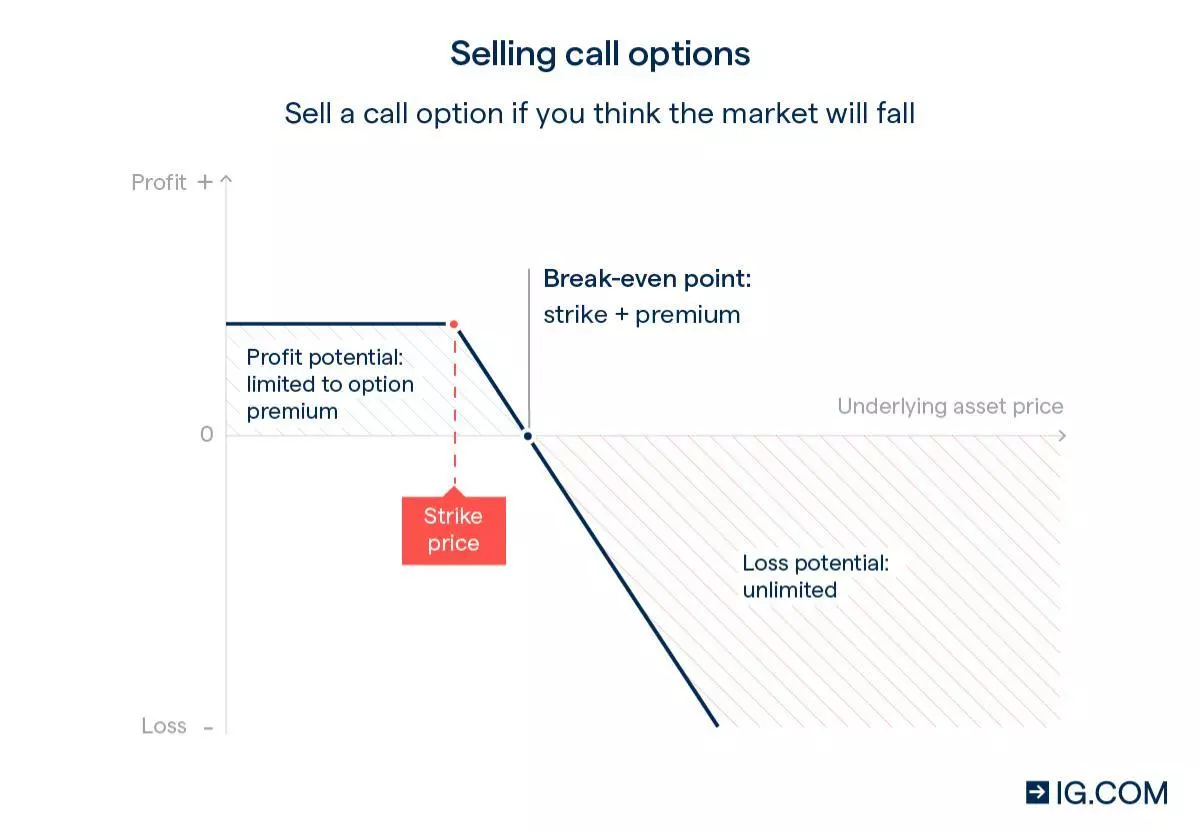The realm of foreign exchange trading, or forex, offers a vast array of opportunities for both seasoned traders and aspiring investors. Navigating the intricacies of this global marketplace requires an understanding of different account types, which cater to varying trading styles, risk appetites, and financial objectives. In this comprehensive guide, we embark on a journey to explore the diverse types of forex accounts, empowering you to make informed decisions and maximize your trading potential.

Image: www.ig.com
Understanding the Essence of Forex Accounts
A forex account serves as a gateway to the foreign exchange market, acting as a platform for buying, selling, and trading currencies. It offers a virtual balance that traders can use to execute trades, and it ensures the settlement of profits or losses incurred during trading activities. Choosing the right account type is paramount to aligning your trading approach with the account’s features and capabilities. Let’s delve into the intricacies of each account type and uncover the ideal fit for your trading aspirations.
Micro Accounts: A Stepping Stone for Novice Traders
Micro accounts are tailor-made for novice traders seeking to gain their footing in the forex market. They provide a low-risk environment where traders can hone their skills and develop a deeper understanding of market dynamics. Micro accounts typically feature smaller minimum deposit requirements, often starting at just a few dollars, and they allow trading with micro lots, representing 1/100th of a standard lot size. This modest scale enables traders to gain experience without exposing their capital to significant risks.
Standard Accounts: The All-Rounder for Seasoned Traders
Standard accounts are the heart and soul of forex trading, serving as a comprehensive solution for traders of varying experience levels. They offer a balance between leverage and risk, usually allowing for higher leverage compared to micro accounts. Standard accounts cater to traders seeking optimal flexibility and a wide range of trading instruments. Whether you’re a day trader, swing trader, or somewhere in between, standard accounts provide a suitable platform for diverse trading strategies.

Image: www.forexbrokers.com
Mini Accounts: Striking a Balance Between Micro and Standard
Mini accounts offer a middle ground between micro and standard accounts. They typically require a minimum deposit higher than micro accounts but lower than standard accounts, and they allow trading with mini lots, representing 1/10th of a standard lot size. Mini accounts provide a stepping stone for traders transitioning from micro accounts to standard accounts, enabling them to increase their leverage and trade with larger lot sizes while still maintaining a lower risk profile compared to standard accounts.
ECN Accounts: Direct Access to Interbank Market
ECN (Electronic Communication Network) accounts connect traders directly to the interbank market, where large financial institutions and other market participants trade currencies at highly competitive prices. ECN accounts offer raw spreads, which means the difference between the bid and ask prices, without any markups or dealing desk interventions. This direct market access enables traders to execute trades with greater precision and potentially lower trading costs, albeit with the potential for higher commissions.
STP Accounts: A Hybrid Approach to Forex Trading
STP (Straight Through Processing) accounts combine features of both market maker and ECN accounts. They do not have a dealing desk, and trades are processed automatically, reducing the risk of price manipulation. However, STP accounts may add a small markup to the spreads to cover their costs, resulting in slightly higher spreads compared to ECN accounts. STP accounts offer a balance between direct market access and competitive pricing, catering to traders who value reliability and efficiency.
MAM Accounts: Managing Multiple Accounts Simultaneously
MAM (Multi-Account Manager) accounts are designed for fund managers and professional traders managing multiple client accounts. They allow for centralized management and monitoring of all accounts from a single interface. MAM accounts provide flexibility in allocating funds and executing trades across multiple accounts simultaneously, saving time and enhancing efficiency. They are particularly valuable for traders offering managed account services or managing family and personal accounts.
PAMM Accounts: Pooling Funds for Collective Profits
PAMM (Percentage Allocation Management Module) accounts provide a unique investment structure where multiple traders pool their funds into a single master account managed by an experienced trader or fund manager. Profits are distributed among investors proportionally based on their contributions. PAMM accounts offer investors the opportunity to diversify their portfolios, gain exposure to experienced traders’ strategies, and potentially earn passive income. Fund managers, in turn, benefit from the opportunity to manage larger pools of capital and share in the profits generated.
Different Types Of Forex Ac
Islamic Accounts: Adhering to Shariah Law
Islamic accounts are tailored for Muslim traders adhering to the principles of Shariah law. They adhere to specific guidelines, such as prohibiting interest charges (known as “riba”) and allowing only spot trades with settlement dates within two business days to avoid overnight financing fees. Islamic accounts ensure that forex trading activities do not conflict with religious beliefs and values, allowing Muslim traders to participate in the market while respecting their religious principles.






